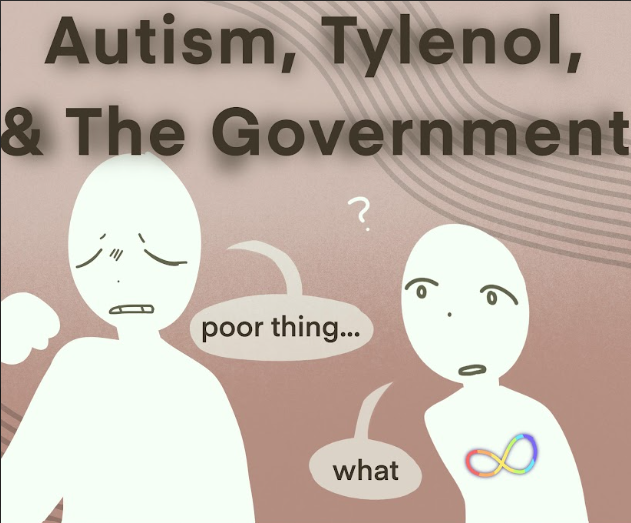Revolving Around Gluten
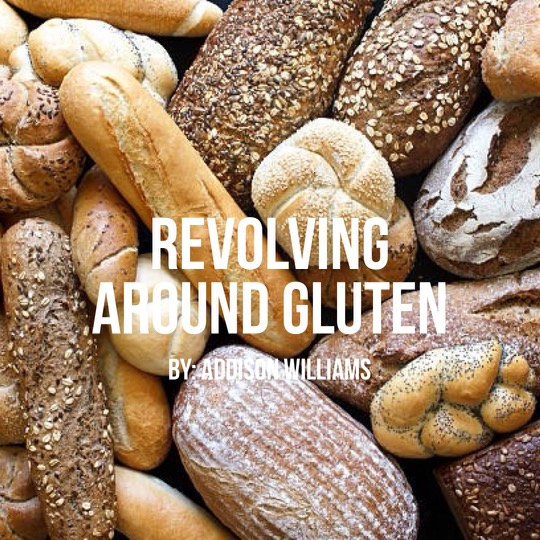
May 19, 2022
Revolving Around Gluten
Bread. You know the stuff we use for grilled cheese, french toast, sandwiches.. You most likely have it in your fridge or in your pantry. But have you ever wondered what may be in bread exactly? Yes, it has flour, water, normally salt, and yeast, but the breakdown behind these ingredients makes a tremendous difference in how it makes you feel, and the secrets it may contain.
What is Gluten?
Gluten is found in many things you may not think twice about. Cereal, crackers, soup, pretzels, cookies, flour tortillas, the list goes on and on. Many things we consume on a daily consist of such a thing. Gluten is a general name for the proteins found in wheat (wheat berries, durum, emmer, semolina, spelt, farina, farro, graham, KAMUT® khorasan wheat, and einkorn), rye, barley, and triticale – a cross between wheat and rye. Gluten helps foods maintain their shape, acting as a glue that holds food together” according to the Celiac Disease Foundation. The most common gluten people know of is wheat, and it is observed that foods containing wheat have the most gluten. Although gluten may taste so delicious, its effects on our bodies can not be so great.
Gluten Allergies and Sensitivities
There are many people who are allergic or sensitive to gluten who don’t even realize it. It can cause many things such as inflammation, bloating, bone pain, fatigue, nausea, and certain autoimmune disorders if consumed constantly where the body doesn’t react to it well. You may wonder what being gluten sensitive or intolerant is, well it’s just like being sensitive to any other food or category of foods like dairy for instance. After consuming, you don’t have the best after-effects. Some allergies that may be associated with the sort, include a simple gluten allergy, wheat allergy, and sometimes unfortunately Celiac Disease. Celiac Disease is caused by the consumption of gluten. According to The National Institute of Diabetes and Digestive and Kidney Diseases “consuming gluten triggers the abnormal immune system response that causes celiac disease.”
Some statistics were shown that “18 million people in the U.S. are sensitive to gluten. About 30% of Americans deliberately avoid gluten. Gluten-free dishes now appear on 26% of US restaurant menus,” shown by Deals on Health. As more people are coming around to the idea that gluten can take a surprising role to your body, many substitutes and such are being suggested.
How To Avoid It
When it comes to gluten intake, there are many ways to avoid it. Although it may take some time to get used to, it can definitely be worth it in the end. Since gluten is something many are so used to eating, it can be hard to completely erase a part of our food intake. They are some that do it because of health reasons, and there are some that do it for their mental health. Its effects on each individual are different, so identifying how it influences your body is important. The most common way people avoid gluten is by eating gluten-free. What the term “gluten-free” means is when no gluten is included in that food item. Either they substitute something in the place of let’s say, flour, or they don’t. Another diet that avoids the consumption of gluten is called the paleo diet. According to Joyful Food Company,
“Anything that is Paleo is automatically gluten-free as well. The Paleo diet excludes gluten and other grains (like oats, rice, and corn), legumes (like soy, peanuts, and beans), dairy, and refined oils (like canola, soybean, cottonseed), and sugars.” However, yes cutting gluten may be great, but you never know how it makes you feel, and your body.
Alternatives
As more people are coming to the realization that it is much easier to be sensitive to gluten, many alternatives are coming up and being suggested. There are many other ways to enjoy pizza, or bread without feeling not too great after. There are not many different types of bread, as well as let’s say cookies, cake, and chips, that have cut out gluten as well. Rather than using normal flour, which usually contains wheat, ingredients like cassava flour, almond flour, rice flour, and even tapioca flour are used. What’s crazy is that most of the time, food items with these ingredients are even better. There are endless recipes that can be found across the web that still give the satisfaction of something delicious. Let’s take a look at some alternatives.
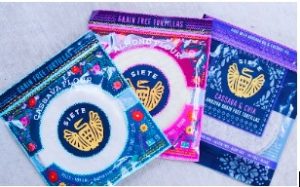
The brand Siete is known for its healthy grain-free substitutes for tortillas, chips, and more. They have produced many products over the years that are perhaps even better than regular tortillas or chips. As you can see, these are just some of their products, which are tortillas that include cassava flour, almond flour, and then a mix between cassava and chia!
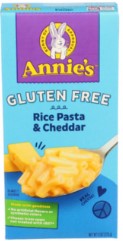
This is another example of a different flour being used to make something such as macaroni and cheese. Annie’s has used pice flour as a substitute for grains and wheat!
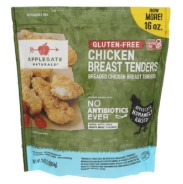
This is another example of some simple chicken tenders that are gluten-free. No protein as such needs gluten, so being able to have a backup is really great!
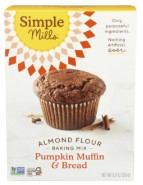
This is one last example of a boxed recipe that includes almond flour! Simple Mills is a great brand that includes many other flours that still give the satisfaction of enjoying sweets, just without gluten!
These are just some of many examples that make gluten-free a lifestyle and make it enjoyable and delicious to eat. Although gluten is many common things, there is a way to work around it, and find substitutions for it! I encourage you to give it a try, how long can you last without gluten?



